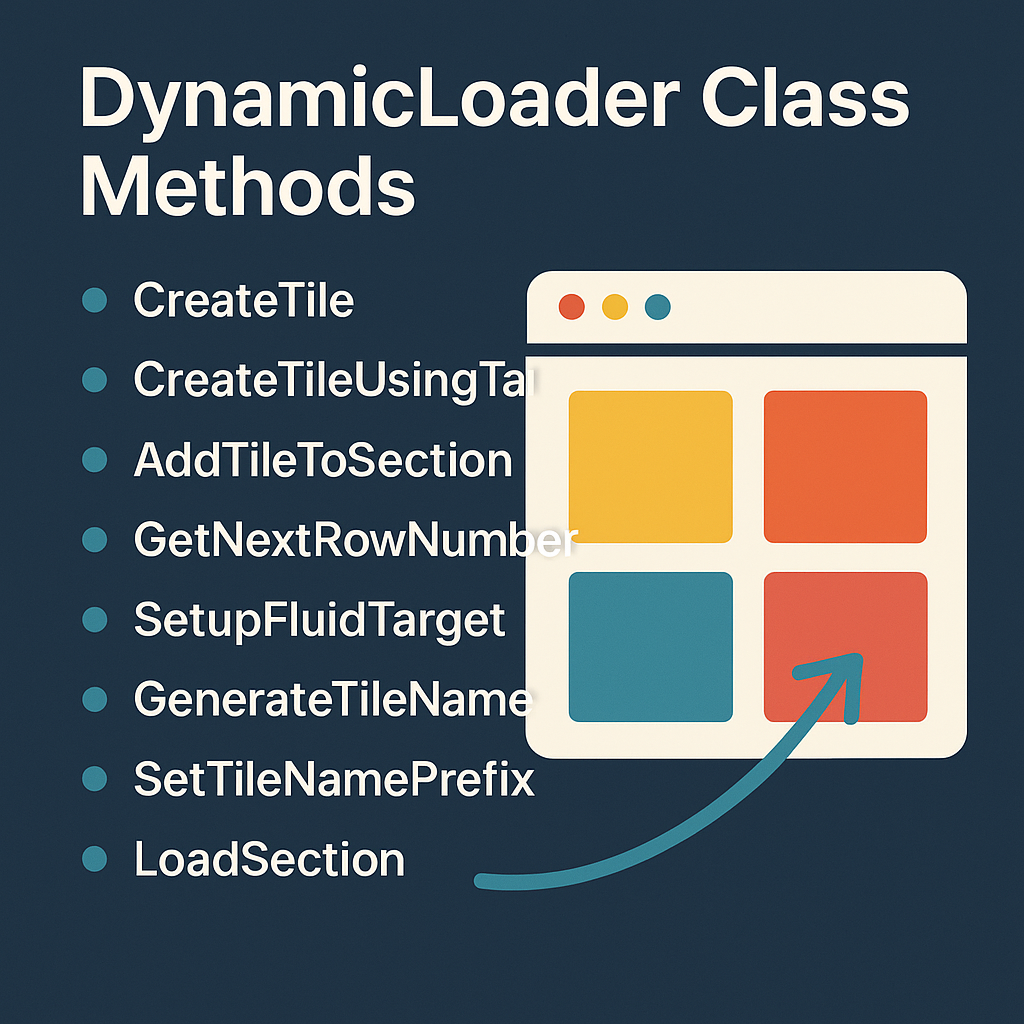PeopleTools 8.62: The DynamicLoader Class That's Redefining Fluid Homepage Development
One of the most targeted developer-facing features in PeopleTools 8.62 is the introduction of the PTNUI:Dynamic:DynamicLoader base class. This powerful tool enables the creation of dynamically generated tiles in sectionalized Fluid homepages.
This isn’t a generic PeopleCode loader. It’s a purpose-built framework Oracle added specifically to support Advanced Sectionalized Homepage Development, giving developers fine-grained control over which tiles appear in a section and how they behave, all at runtime.
What It Actually Does
To use DynamicLoader, you create a custom application class that extends it and overrides the LoadSection method. This is where your logic lives: dynamically creating tile objects based on business rules, user data, or any conditional logic that makes sense in your environment.
The class includes several methods that make it easy to build clean, consistent tile experiences without hardcoding every configuration in CREFs or relying on static definitions.
Key Methods in the DynamicLoader Class
- CreateTile(node, portal, name, label) - Creates a new tile object for use in the homepage. If the tile name is omitted, one is auto-generated with a DYN prefix.
- CreateTileUsingTab(name, label) - Similar to CreateTile, but uses the homepage’s existing tab context for node and portal.
- AddTileToSection(tile) - Adds the created tile to the homepage section you’re populating.
- GetNextRowNumber() - Ensures the dynamically added tiles appear in order after statically defined tiles.
- SetupFluidTarget(tile, url) - Configures the tile’s target to launch a Fluid component or page when selected.
- GenerateTileName() / SetTileNamePrefix(prefix) - Helps maintain clean naming conventions for dynamically generated tiles.
- LoadSection() - The method you override to define what logic runs to populate a section with dynamic tiles.
Real-World Use Cases
This class unlocks capabilities that PeopleSoft developers have wanted for years:
- Show or hide tiles based on user roles, departments, or data values.
- Display alerts like “Pending Items,” “Incomplete Tasks,” or “New Messages.”
- Build personalized dashboards that don’t require duplicating homepage definitions.
It allows you to treat the homepage like an app, dynamically composing content per user or session instead of just displaying a static grid of tiles.
Final Thought
This is a rare case where Oracle has given PeopleSoft developers true design-time freedom to personalize the UX without bloating the portal registry or building dozens of homepage variants. The DynamicLoader class is a clear step toward more dynamic, personalized, and modern ERP experiences, built using familiar PeopleCode patterns.
If you’re managing user experience in a Fluid-heavy PeopleSoft environment, this is a tool worth learning and leveraging.
📘 Full Oracle Docs – DynamicLoader Class Methods
